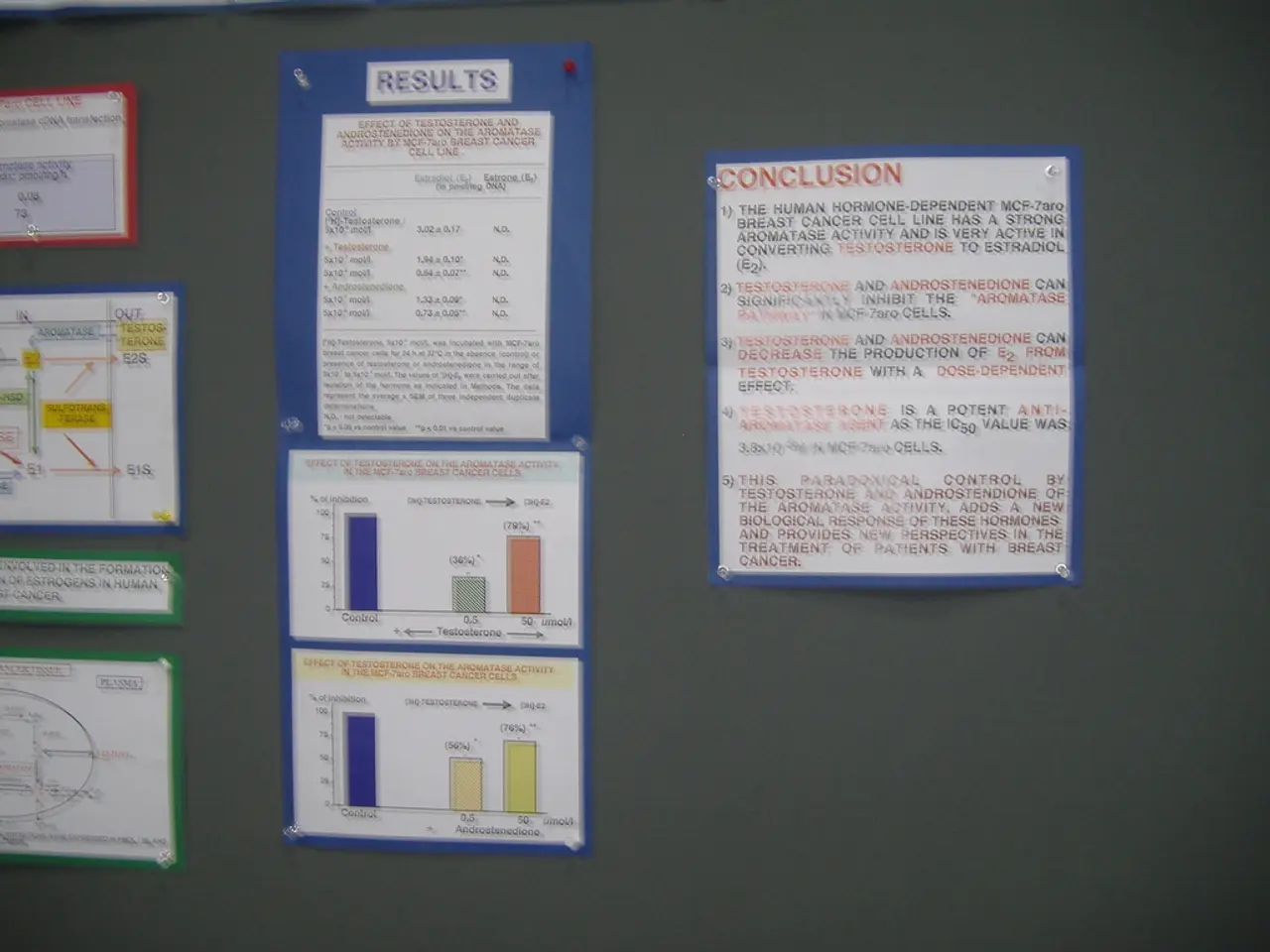"Guide to Conducting Effective Employee Appraisals"
In the world of work, performance reviews have long been a staple for evaluating an individual's performance and fostering professional growth. However, traditional performance reviews are often criticized for their bias and vague criteria, leading to widespread dissatisfaction. To improve the effectiveness of these reviews and reduce biases, several best practices and strategies can be implemented.
Firstly, setting clear, measurable criteria is key. Establishing specific, objective, and role-tailored performance standards makes evaluations consistent and fair. By focusing reviews on actual results rather than assumptions or subjective impressions, organizations can ensure a fair and accurate assessment of employee performance.
Secondly, gathering input from various sources is essential. This could include self-assessments, peer reviews, customer feedback, and documented project outcomes. By minimizing reliance on a single perspective, organizations can reduce biases like recency bias and the halo effect.
Thirdly, the Critical Incident Method should be employed, where concrete examples of positive and negative employee behaviors are recorded throughout the review period. This approach ensures feedback is factual and actionable, rather than based on memory or recent events alone.
Fourthly, managers should be trained to recognize and mitigate bias. By educating managers on common biases and effective feedback techniques, reviewers can avoid rating errors and focus on balanced, evidence-based evaluations.
Fifthly, providing balanced, specific, and actionable feedback is crucial. Using clear language with specific examples and the "Sandwich Method"—starting and ending with positive feedback while delivering constructive criticism in between—can help maintain a fair tone and encourage improvement.
Sixthly, conducting regular, ongoing reviews and check-ins is important. Frequent performance discussions and continuous feedback loops help employees stay on track and prevent surprises during formal evaluations. This also builds accountability and supports timely adjustments.
Seventhly, documenting and following up on review outcomes is vital. Keeping written records of discussions, agreed goals, and development plans, and regular follow-ups ensure progress and reinforce accountability.
By combining clear standards, multiple feedback sources, continuous communication, and well-trained managers, organizations can significantly improve the fairness and effectiveness of performance reviews while minimizing biases.
Managers should clarify the standards by which an employee would be evaluated, discuss the next steps to be taken, and review an employee's past performance, set up a career path within the organization, and discuss additional training needs. The performance review process should provide data to inspire employees to perform better.
However, challenges arise in the era of hybrid work, where impartially reviewing team members' performance becomes more complex. Some organizations have even stopped performance reviews altogether. Regardless, the key remains for managers to demonstrate care for their employees and be worthy of their trust in assessing their performance, and for employees to be open about their learning needs and work with managers towards achieving career growth needs.
- To foster a fair and accurate evaluation of employee performance in the hybrid work environment, it's essential for managers to clarify the standards, discuss career development, and identify skills training needs that are crucial for self-development and career advancement.
- Employees should engage in open discussions about their learning needs and work collaboratively with managers to create a performance development plan that focuses on building relevant skills for their role, enhancing overall performance, and fostering continuous growth within the organization.




